In order to more accurately analyze the types of questions offered in standardized assessments, Norman L. Webb developed a system called Depth of Knowledge. Rather than categorize questions by difficulty, this system categorizes them by complexity. In other words, questions are categorized by the type of thinking that is required to adequately answer them. This method allows assessments to be aligned more accurately with the standards they represent. The four categories are as follows:
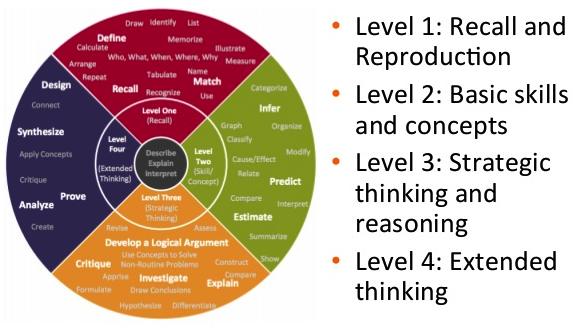
The verbs shown in Webb’s image above are examples of words frequently found within each type of question. However, there are many exceptions and more information on how to identify and categorize assessment questions into the correct level of complexity is explored in this blog post, along with examples of each type of question.
Recall and Reproduction
The Wowzers curriculum embraces Webb’s Depth of Knowledge, and includes assessment questions from all four levels. The first category is “recall and reproduction.” Questions from this level require students to recall a fact, term, or procedure. When answering these types of questions, students are not required to do anything beyond remember a particular definition, type of computation, or formula. These questions often ask them to “define” or “compute” a basic fact or one-step calculation.
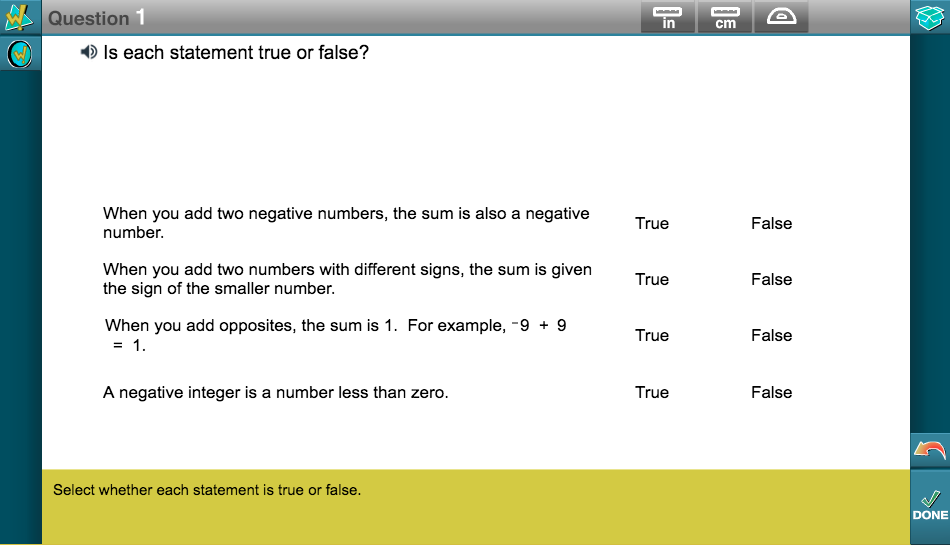
In this question, students are asked to recall a series of facts and procedures regarding integers. At this level, students must understand the information (they are not simply reciting information verbatim), but they are not yet using this information in a complex manner.
Skills and Concepts
At this second, more complex level, students are asked to use information or conceptual knowledge. These questions often have two or three steps. To answer the question, students must make a decision about how to approach the problem. It often requires them to organize, summarize, predict, or estimate.
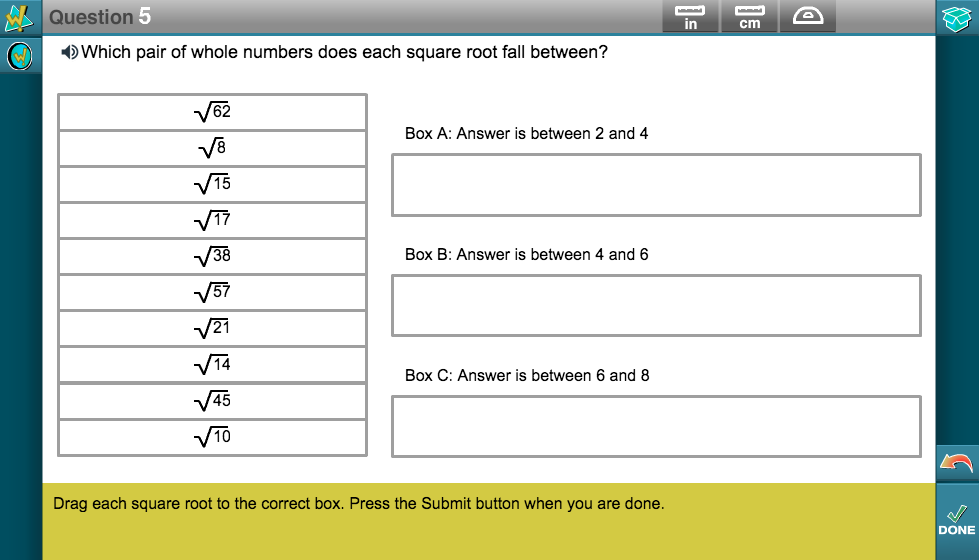
In this question, students are asked to estimate the value of a series of square roots. This is a multi-step process that requires the student to analyze each number and go through a series of steps to correctly categorize it.
Strategic Thinking
In the next step of complexity, students must develop a plan to solve non-routine problems using multiple steps. There is sometimes more than one correct answer, and thinking is more abstract. Questions often ask students to justify their choices or support their ideas with details and examples.
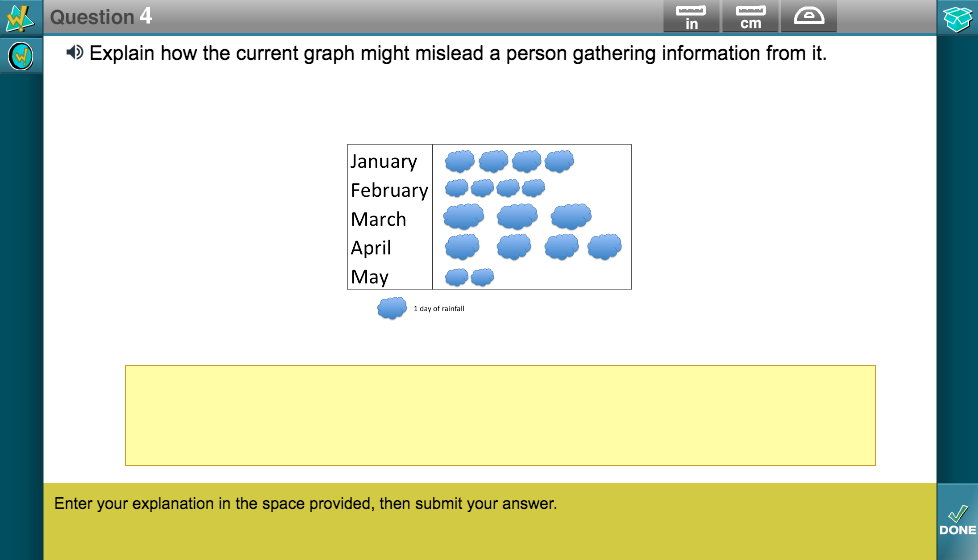
In this question, students are asked to analyze a graph, consider how someone might find it misleading, and then describe their reasoning. This level of abstract thinking requires a higher depth of knowledge.
Extended Thinking
In this more complex type of question, questions require students to investigate and process multiple conditions or sources. These questions often take a much longer time to answer. Most assessments do not include questions of this complexity, and they are often instead included in projects and longer-term activities. To address these extended thinking questions, Wowzers includes offline activities that teachers can print out at any time.
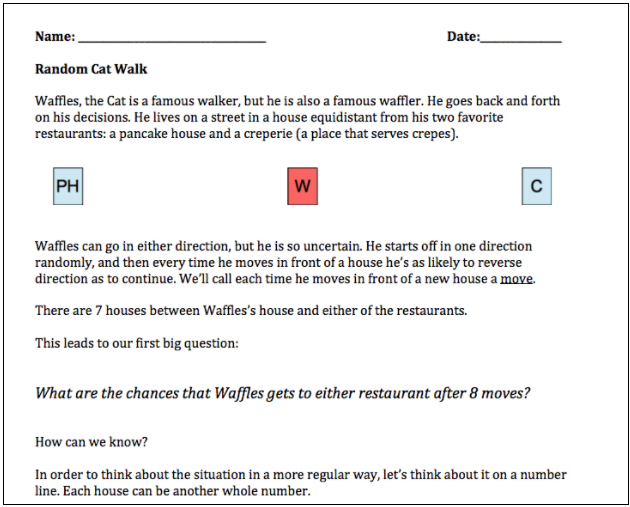
In this assignment, students are asked to consider multiple conditions and go through a series of steps in order to solve a probability question. Because questions like this require a longer amount of time and text to thoroughly answer, Wowzers includes a similar assignment for each section of work, in addition to the daily and weekly assessments.





0 Comments